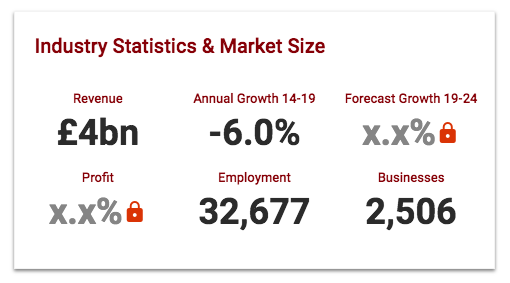In our first Seminar we were given an introduction in to magazines and their history. We also looked at the theory of magazines and factors for how to be successful when producing magazines which could prove to be useful when we produce our own magazine – theyorkie. By each analysing a different magazine we were able to take inspiration and ideas of how we would want theyorkie to look. In the magazine industry there are three main sectors which are, consumer, customer, business to business and niche.
“Magazines are the most successful media format ever to have existed”. This is the opening sentence to the 2012 edition of Magazine Journalism by Tim Holmes & Liz Nice. Magazines in the UK of a market worth of 4bn according to IBIS World.

The top 3 magazines in circulation
The National Trust magazine features in at number 1 with over 2.3 million copies in circulation a year. This magazine is published 3 times a year and has a membership subscription fee in which readers can pay for monthly or annually with the option to purchase a lifelong membership. The National Trust magazine falls under the consumer section of the industry. “Our members’ magazine is full of behind the scenes stories and beautiful photography, we hope it will inspire you about all there is to discover and be part of with the National Trust.”
Slimming World magazine is second biggest magazine in circulation with over 640,000 copies being sold a year. Published seven times a year and usually costing the consumer between £1 and £3. Slimming World is predominantly aimed at Women and promotes health and lifestyle with real life success stories and recipes and food ideas
Radio Times is the third biggest in circulation with over 620,000 copies being sold a year. Radio times was the first broadcast listings magazine which was first published in 1923. The magazine offers you exclusive interviews from TV personalities and keeps you updated on what is happening on TV with it’s listings.
Paid-for UK magazines audited by ABC lost sales at an average rate of 5.9 per cent year on year on the second half of 2016. The combined print and digital magazines figures show that most top sellers are losing sales however they are still benefiting more than what the newspaper industry is.
From the data provided by the ABC Audit it is clear to see that agriculture and lifestyle magazines are the top performers. In contrast with this it appears that entertainment magazines were the biggest fallers.
The magazines which increased in sales:
- Garden Answers: up 41 per cent to 27,957
- Times Literary Supplement: up 27.6 per cent year to 32,166
- The Spectator: up 15.2 per cent to 82,585
- Good Housekeeping: up 11 per cent to 454,697
- New Statesman: up 5.3 per cent to 34,025
- London Review of Books: up 4.4 per cent to 70,468
- Country Living: up 12.5 per cent to 188,915.
The magazines which declined in sales:
- Glamour: down 25.6 per cent to 260,422
- Look: down 22.2 per cent to 90,315
- Star: down 17.6 per cent to 122,630
- Heat: down 16.5 per cent to 136,470
- Empire: down 15.3 per cent to 123,004
- Hello!: down 15.5 per cent to 225,986
- Now: down 17.3 per cent to 104,937
Magazine Sectors
Consumer:
Consumer magazines are often referred to as “glossies” as they are printed on glossy paper and are targeted to the general public and have a wide audience and viewpoint. They are usually magazines that have a general interest with such magazines discussing entertainment, celebrity gossip, health and lifestyle etc.
Customer:
A customer magazine is a magazine produced by companies in order to communicate to their customers. They try to appeal and engage their customers so that they can achieve several business goals which include, increasing sales of products, changing their brand perception and reward loyalty for long serving customers.
https://www.dunnhumby.com/sites/default/files/Customer_Magazines_onepager.pdf
Business to Business:
A business to business magazine is similar to a customer magazine as they rely on generating profit through marketing their products to other companies. B2B magazines such as the Business magazine help companies keep their eye on different trends locally and offers them marketing and promotional leads.
Niche:
A Niche magazine have a smaller market than other magazines and appeal to those who have different tastes than what is in the mainstream media. More often than not Niche magazines run on a subscription basis and are generally more expensive than other magazines due to the specific tastes of the reader.

